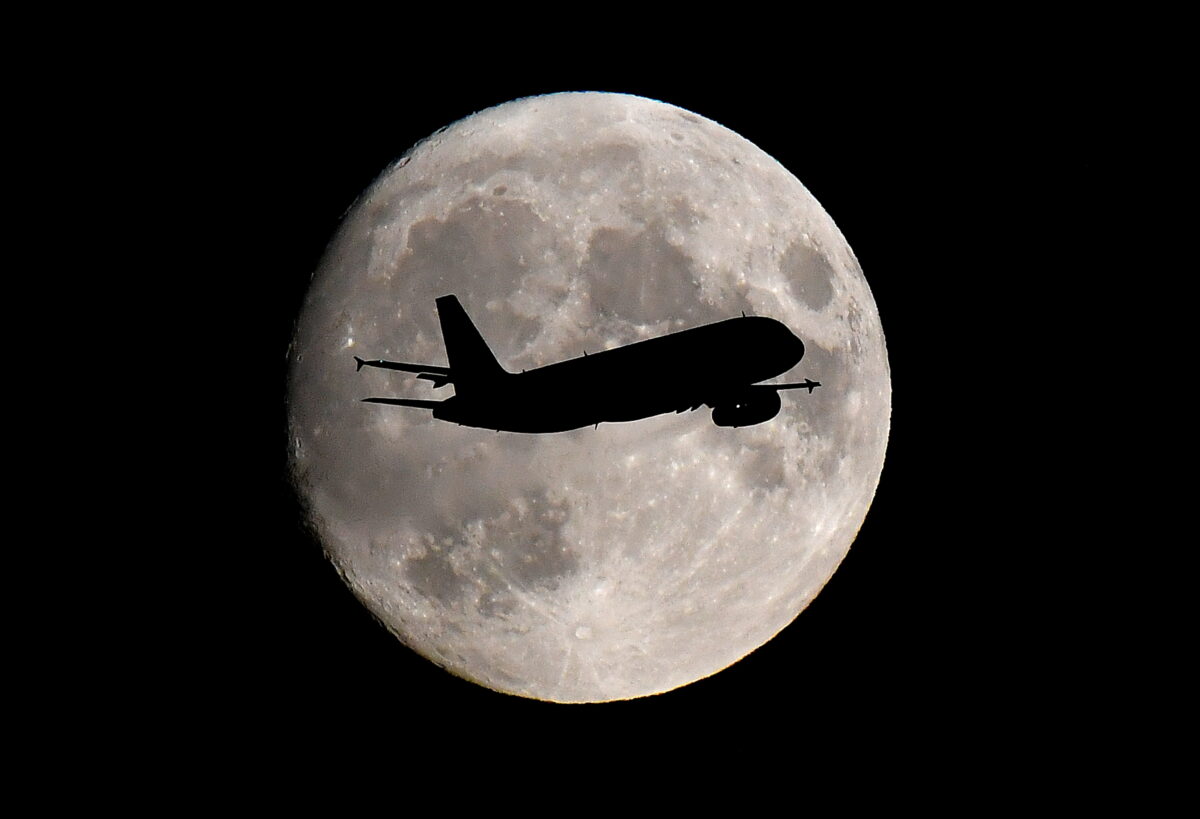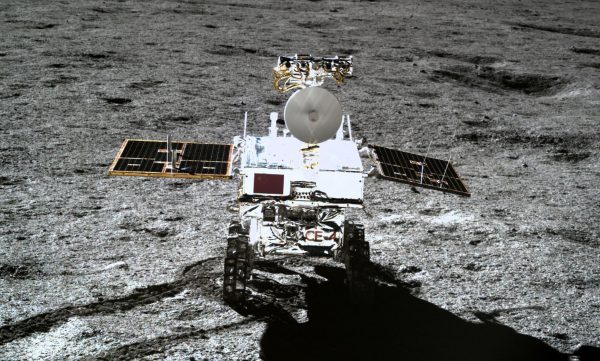


Scientists have discovered a heat-emitting mass of granite buried beneath the surface on the far side of the moon, which likely formed from a dormant volcano that last erupted over 3.5 billion years ago.
In a study published on July 5 in the journal Nature, scientists reported the discovery of a 50-kilometers-wide batholith—a type of volcanic rock formed when lava ascends into the Earth’s crust but does not erupt onto the surface—on the far side of the moon.
“We have discovered extra heat coming out of the ground at a location on the moon believed to be a long dead volcano which last erupted over 3.5 billion years ago,” lead author Matthew Siegler of the Planetary Science Institute said in a statement.
“It’s around 50km across, and the only solution that we can think of which produces that much heat is a large body of granite, a rock which forms when a magma body—the unerupted lava—below a volcano cools,” he added.
The rarity of this discovery is underscored by the fact that granites are nearly absent in the solar system outside of Earth, and until this point, only small grains of granitic materials had been found on the moon in samples brought back on the Apollo missions.
Dr. Siegler stated that granite has high concentrations of radioactive elements like uranium and thorium compared to other rocks in the lunar crust, which explains the heating detected at the lunar surface.
“This is more Earth-like than we had imagined can be produced on the moon, which lacks the water and plate tectonics that help granites form on Earth,” the researcher said.
“What this also does is show that remote sensing can pick up hidden features, and this will be useful in the exploration of other planetary bodies in the Solar System,” he added.
“What this means is that it is hot, not necessarily at the surface, as you would see in infrared, but under the surface,” Dr. Siegler stated on the Planetary Science Institute website.
“The only way to explain this is from extra heat coming from somewhere below the feature within the deeper lunar crust. So Compton-Belkovich, thought to be a volcano, is also hiding a large heat source below it,” he added.
Dr. Siegler said that the study was fully funded by the National Aeronautics and Space Administration (NASA).
“It was a neat project in that China made their data public—as does NASA—and we were able to work with this unique data set to figure out something really interesting about the moon,” he said.
“Following the rules, we could not collaborate with Chinese researchers directly, and all funding came only from NASA, so we had to follow the breadcrumbs to crack this dataset open.”

